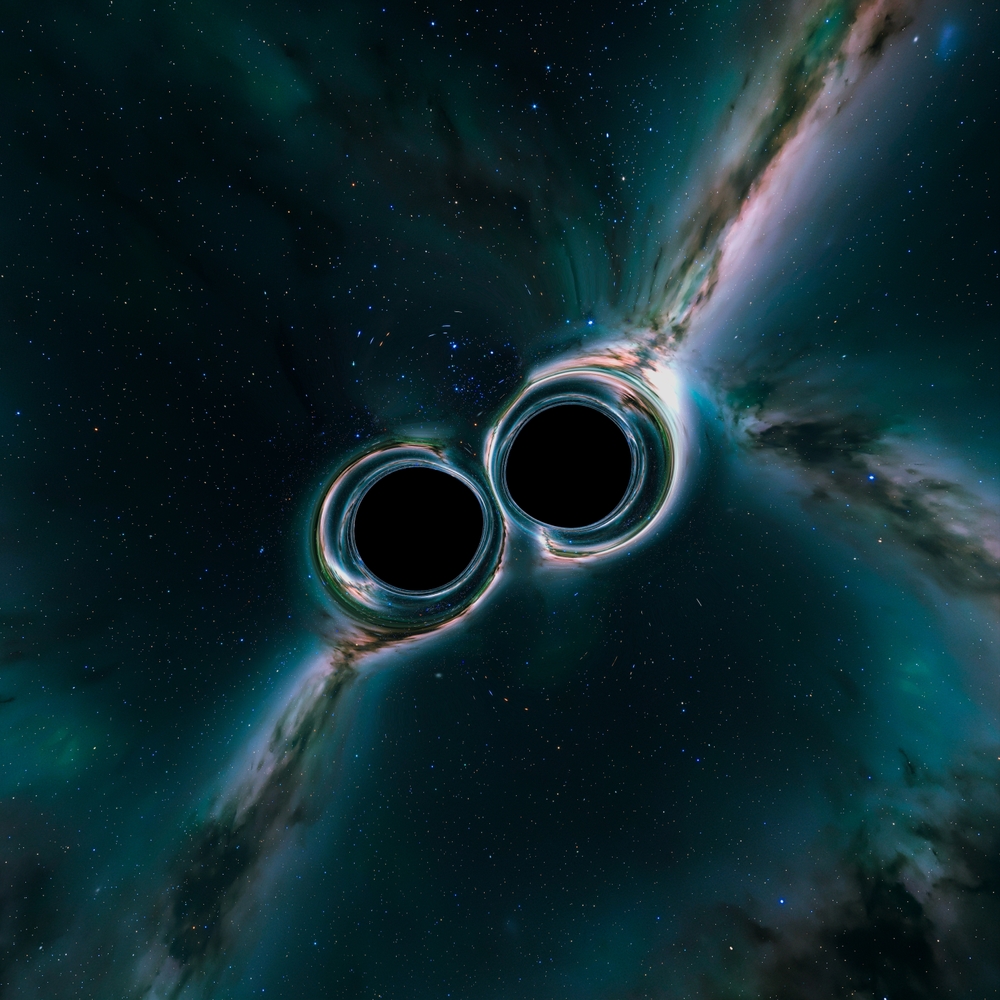Now Reading: Scientists Unveil Record-Breaking Black Hole Binary Merger
-
01
Scientists Unveil Record-Breaking Black Hole Binary Merger
Scientists Unveil Record-Breaking Black Hole Binary Merger

Rapid Summary:
- Black holes are dense stellar objects from collapsing stars,with extreme gravitational pulls that absorb matter adn even light.
- LIGO observatories in Washington and Louisiana detected a record-breaking black hole merger on November 23, 2023.
- Located approximately 10 billion light years away, the two merging black holes were over 100 times the mass of our Sun. Their union formed a black hole more than 225 times solar mass-exceeding previous observed records.
- This merger produced gravitational waves that distorted spacetime, allowing scientists to extract data via highly precise instruments at LIGO’s facilities.
- the signal-the most massive binary black hole event detected-posed challenges to theories of black hole formation and dynamics under Einstein’s relativity framework.
- researchers hypothesize the merging objects may have resulted from prior mergers themselves,explaining their immense size and spin speeds nearing planetary rotation speeds.
- Over time, ongoing analysis is expected to uncover deeper implications for astrophysics from this intricate signal pattern.
Indian Opinion Analysis:
The breakthrough detection by LIGO broadens humanity’s understanding of cosmic events while challenging conventional theories on the evolution of celestial phenomena such as supermassive black holes. For India, where scientific advancements hold growing meaning in global collaborations like space research or cutting-edge technology integration (e.g., ISRO), studies about foundational forces shaping space-time could inspire regional research ecosystems into action or showcase feasibility enriching cross training connections!

























